Whirlybird Roof Ventilation – Do They Keep Your Home Cool
Rain Heads Custom Made Shipped Free Australia Wide – Click Here >
Dambuster Rain Heads Shipped Free Australia Wide – Click Here >
Commercial Industrial Roof Vents 300mm-950mm – Click Here >
Eco-Friendly Roofing Insulation Shipped Free – Click Here >
Gutter Sumps Shipped Free Australia Wide – Click Here >
Whirlybird Roof Vents
A whirlybird, also known as turbine vent, is a semi-mechanical vent system that utilizes wind to cool houses. It usually has a distinctive bulb-like shape with fins on the outer surface, which allows the unit to spin in the wind. This creates a vacuum that forces warm air from roof hence cooling the house. So, this is the main criteria behind the whirlwinds. Since ancient times, they are known as the regulators of heat in the roof.

Helping your roof stay cool
The roof usually hinders heat from escaping the roof cavity. This, in turn, allows heat to circulate and accumulate the interior of the house. While this may be of much help during winter times, it may not be the case during the sunny days or summer times. During hot days, the temperature may even rise to 70 degrees. As such, heat may start to penetrate the ceiling making the living space uncomfortable.
Besides, people may be at risk of developing a heat-related illness. To lower heat temperature in a house, people are using both ventilation and air conditioning systems. But these systems are not even helping and are instead causing energy and utility bills to rise in the long run. Would you not want to know the best way to extract heat from the roof while lowering the utility bills?
Of course the best thing to do is to use the roof ventilators. These devices are undoubtedly helpful since they help manage roof temperatures, particularly in summers. This ensures the comfort of household members. Also, the roof is safeguarded from unwanted degeneration by reducing the moisture levels in winter. The fundamental ventilators you can think of for your roof is the whirlybird. For decades now, the whirlybirds roof vents have been highly preferred by many people. These are among the first roof ventilators to be on the market. But what exactly are these whirlybirds, and how do they work? They are a type of roof ventilator that removes accumulated heat from the roof space via convection currents.

The Importance of Roof Ventilation During Winter
Roof ventilators not only play a significant role during summer times but also in winter. Most people do think that the roof ventilation whirlybirds are only beneficial during summer days for removing hot air out of the house to keep it cool. And also for reducing the air conditioning burden. But that is, in fact, not the whole aim of the roof ventilators. While these roof ventilators can provide amazing benefits during hot summer months, they indeed offer attractive benefits during cold winter months too.
Prevents Moisture Build-up
A good ventilation system not only lets the air out of the house but also promotes air circulation. When the air inside is still and then it gets warmed by the heating system, moisture begins to form. It may develop in various parts of your house like in the attic and walls too. Moisture can occur faster if the air outside is cooler than the air indoors. This, in turn, causes condensation to form in the outer walls, roof joists, and even the studs that support them.
With that moisture, some problems may arise, like the growth of mold and mildew. This can cause not only serious health issues but also trigger allergies and asthma. Mold and mildew usually form in a warm and damp environment. The lack of air circulation will make the spores to propagate more easily. Over time, mold growth can compromise not only the integrity of your walls, joists, and floors but also your health. This will thus be a burden to you as you will be forced to do repairs which might cost you more.
What is the solution then? Of course, it is by enhancing the airflow in your home. By increasing the air circulation in your home, getting rid of moist air, you will be depriving mold spores from growing and spreading. Your home will thus stay dry and also healthier at all times.

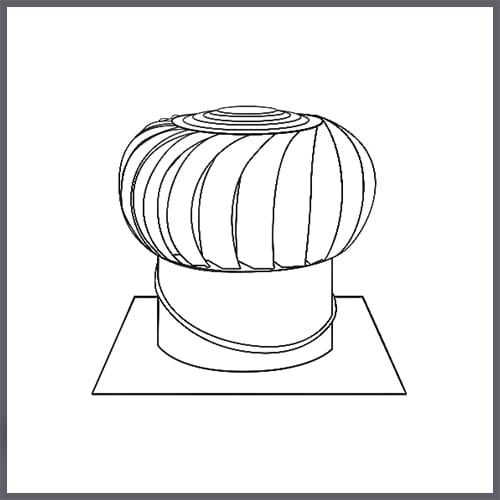

Effectiveness of whirlybirds
There are two main categories of whirlybirds. That is active whirlybirds and passive whirlybirds. Active whirlybirds are driven mechanically, and they do spin constantly. On the other hand, the passive ones rely on wind to propel them. Since they highly depend on elements like wind, passive whirlybirds have operational limitations. The diameter of the dome is the main factor that determines the efficiency of the system. If the diameter is large, then the volume of air removed from your house is greater.
Why proper ventilation is needed in a house
If there is no adequate insulation or ventilation, the roof traps and accumulates heat during hot sunny days. The heat gets through the ceiling warming your home. You can use blinds on your house windows, but you can’t put them over the roof. When heat from the roof starts seeping through the ceiling, your home will then become hot and also stuffy. Many homeowners will think of using air conditioning, which may not even help. They will, in turn, skyrocket your bills. These systems can’t be used to reduce heat from the roofs, and heat may continue to invade your home. The best way is to install the roof ventilation whirlybirds, which are the best systems to cool the heat from the roof. Besides, they are useful to also make your house warm during winter times.

The mechanics behind whirlybird roof vents; How they work
These roof ventilators have specially designed fins located at the metal top of the system that usually scoops wind. As air blows through the turbines, the vents rotate. The rotatory motion hence results in a vacuum that sucks hot air from the interior of the house. Basically, heat from the roof gets sucked into the whirlybird, which in turn removes hot air from the vents.
The more the number of these roof ventilators, the quicker the hot air is sucked from the roof. They will together help in lowering the built-up heat and humidity hence improving air movement in the house. The whirlybirds are designed in a way that they are resistant to rain. When it is spinning, the droplets are removed at a higher speed while spinning. This is due to the circular force they produce. Die to their water-resistant feature, and you need not worry about rainwater getting into the roof vent.
Effectiveness and benefits of whirlybird roof vents
In general, one whirlybird ventilates an area of approximately 100 to 150 cubic meters per hour. But it all depends on the type or the model of the unit, the size of the room, and also the current temperature. On average, you may start feeling the cooling effects of the system at 500 cubic meters per hour. This roughly means that you will require at least six units to experience its effects.
There are benefits in using each type of whirlybird unit. For example, they help reduce energy expenses. The conventional units are very helpful in lowering energy expenses. Here, you only need to rely on wind for the ventilation unit to work. On the other hand, mechanical units are reliable throughout the day, even when they consume energy.
Another benefit associated with whirlybirds is that they are cheap, easy to install, and accessible. Whirlybird units are pocket-friendly since they have a reasonable price. Apart from that, they are also easy to set up. One can easily install any type or model on their own. Setting them up is also not hard.

What are the drawbacks of whirlybird ventilation?
Whirlybird unit does have not only its perks but also its flaws. The most common problem with regards to these units, more the conventional design is that they entirely rely on airflow. In other words, without wind, the turbine can’t spin. Besides, they can be noisy when they spin since they use rotating turbines. They produce grinding and squeaking noises.
Moreover, they are the best design for roof ventilators. They may be cheap, but you will need so many of them around six units for them to effectively remove roof heat. For example, the roof ventilation solar is quite expensive, but it is more efficient to keep your house cool.
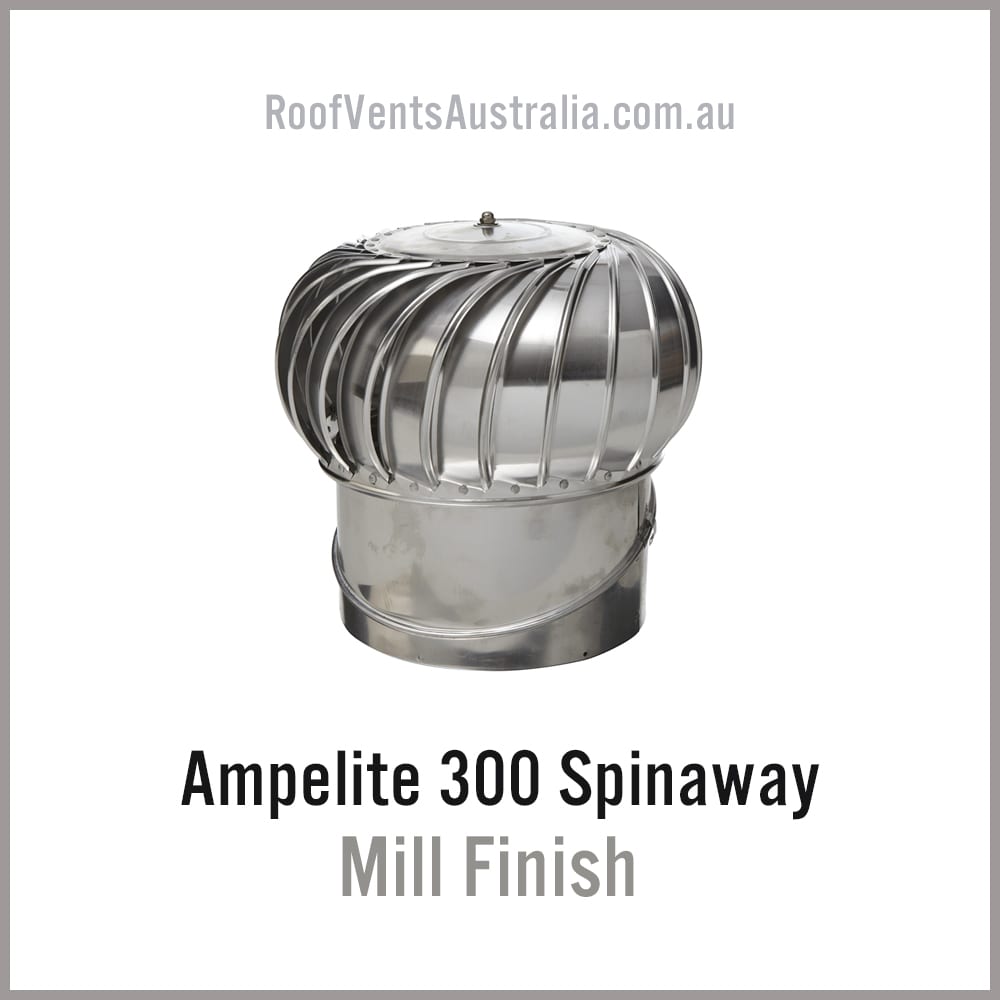
How effective are whirlybirds for cooling ability and rate of airflow
The airflow capacity may measure the effectiveness of whirlybird units. However, the airflow capacity depends on several factors like how it is made and the model, and also the speed of the wind. As such, performance changes depending on these factors. For instance, if the wind is 12 kph, standard units can move at 8-150 cubic meters per hour. On the other hand, industrial whirlybirds can operate from 2,500 to 5,000 cubic meters per hour with strong wind. On average, these roof ventilators need at least eight kph to operate.
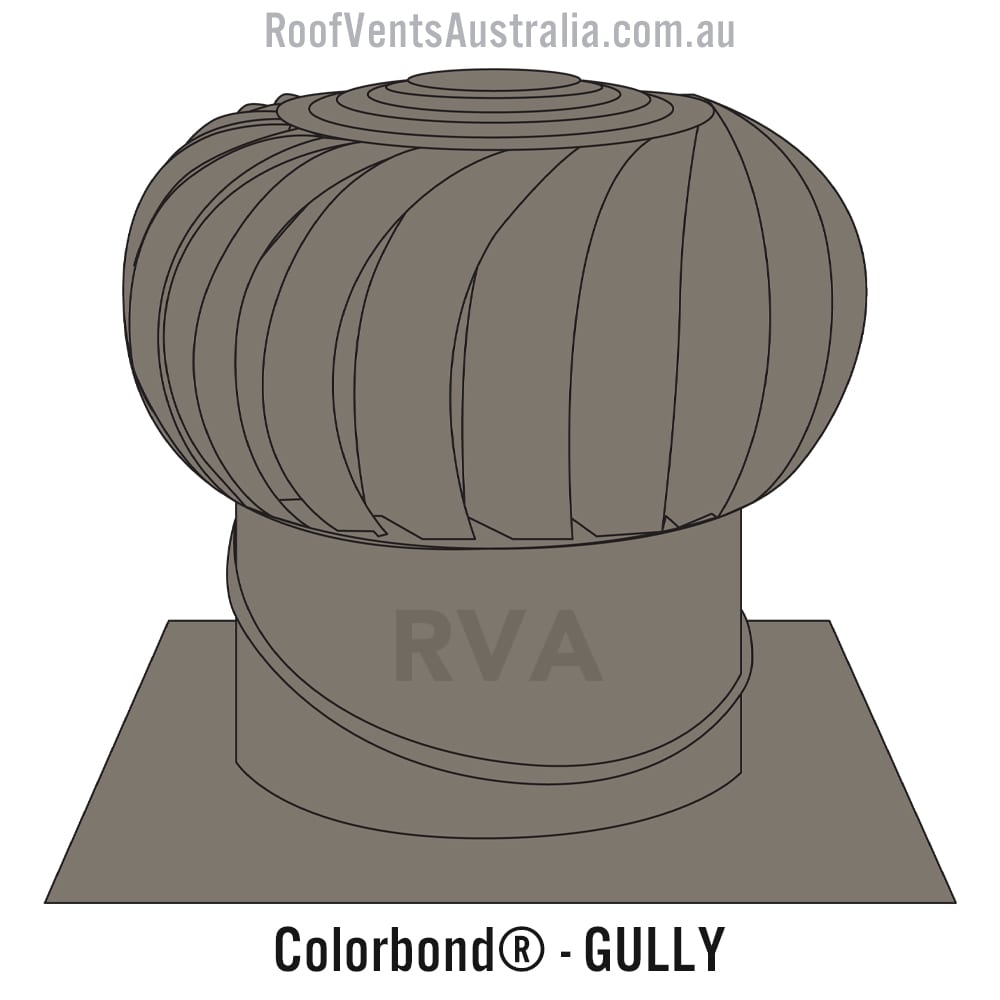
Features of wind-powered whirlybird units.
No electricity needed
It is wind-driven- The Whirlybird Bunnings do not require power for them to function. This way, power consumption bills are reduced. This makes the whirlybird the most economical system to use. No power consumption means saving on natural resources and making this world a better place.
Eco-friendly- Since no power is consumed, the environment is safe from pollutants. By the use of a whirlybird, we won’t make out ecosystem impure by introducing pollutants such as smoke and others.
Effectiveness- As said earlier, the bunnings are efficient in keeping the inner temperature. They work effectively, even in the slow breeze, like 10 miles per hour.
Weatherproof- The whirlybird units are very weatherproof. This is because, even if the weather is harsh, they can still work well. They do not rust or corrode easily since they are made of stainless steel and aluminum.
Requires little maintenance- With little maintenance, whirlybird units can work properly again. All they need is greasing every six months on the joints and other parts of the unit. You won’t incur any regular expense, and grease costs less.
Easy installation- No extra skills are required to install the unit. They are easier and quickly installed by any person. Apart from that, they are light-weight and easier to handle.
Inexpensive- Whirlybirds are not very costly. One costs approximately $100-140. If compared to other devices, they are quite affordable.
Suits most of the roofs- They are highly compatible with many roofs. They can not only be installed on metal roofs but also tiled roofs. The best thing is that they are made in a way that they can be easily adjusted.
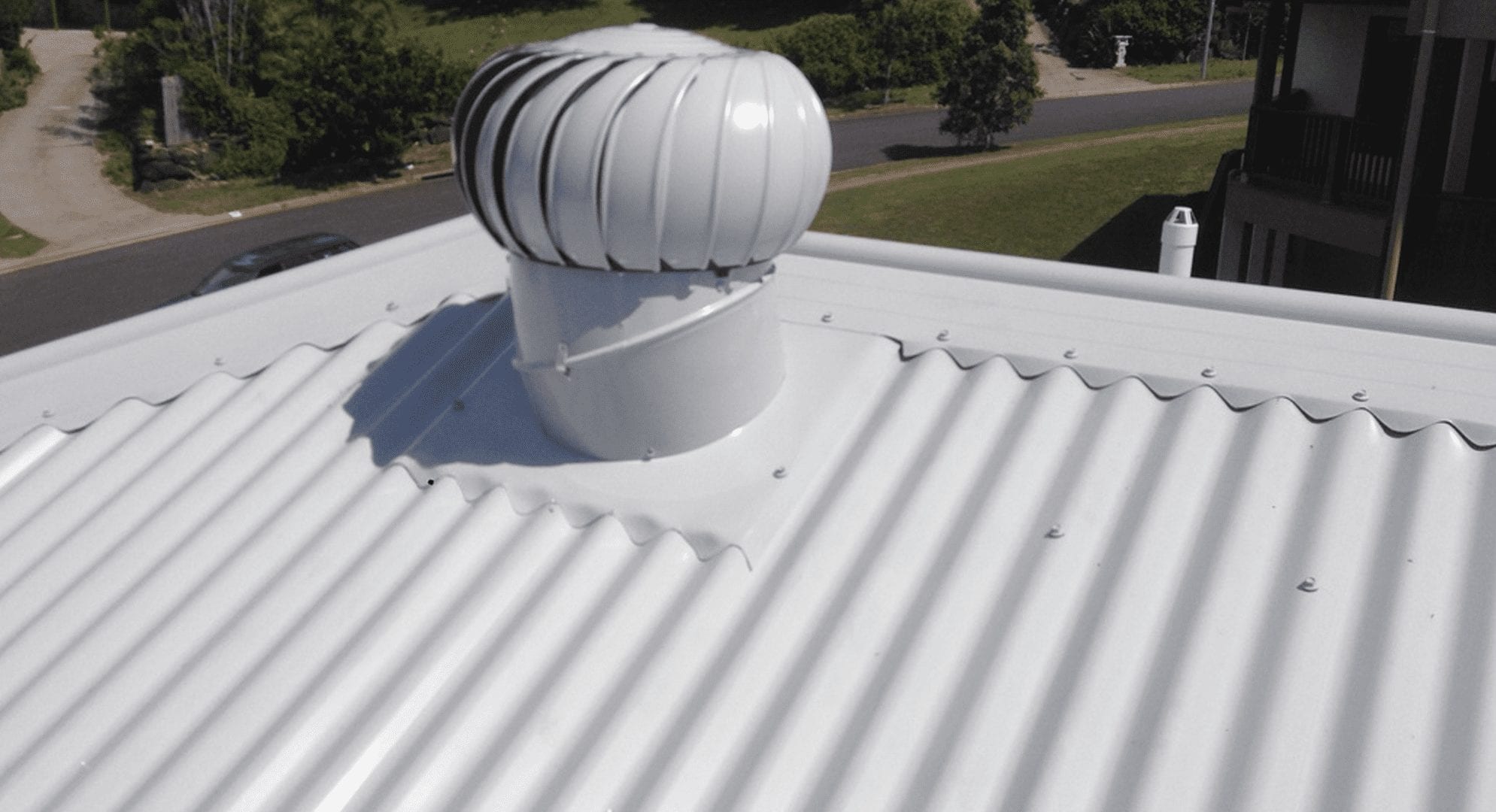
Solar roof ventilators; The Best Roof Ventilation Alternative
One of the alternatives to a whirlybird is solar roof ventilators. As the name suggests, they are a type of roof ventilator that depends on solar energy. Provided there is the sun, and the roof ventilation solar can be installed. The roof is always exposed to sun, and installing the solar roof vents may be great. Furthermore, solar ventilators will work better when the sun is directly on top of the roof. This is the exact time when the temperature levels are high.
The best thing about solar ventilators is that they operate at quiet levels. High-quality solar ventilators like Solar Whiz roof ventilation unit operates at a quiet level even when in full sun. The roof ventilation solar has a sleeker design, which makes it less obtrusive on roofs as compared to the whirlybirds. Also, there seamless external structure hinders foreign objects from getting in. Their only drawback is the high cost. However, do no look at cost while choosing which ventilator to use in the roof. Look for quality and how they can be easily conducted and for what time.
Solar roof ventilators have been proven to work 10-30 times better and more efficient that the whirlybirds. A single solar ventilator is enough to control the whole roof space temperature.
Lack of proper roof ventilation can lead to the accumulation of heat in the roof space during summers. This can then cause several issues like drying of timber roofs, which will eventually lead to decay. The roof blanket may be an effective way to reflect heat, and it may not be the best. It seals air and moisture in the roof space, which encourages the growth of fungus. The most effective way to prevent this is by opting for insulation and ventilation.
The most common systems for roof ventilation are whirlwinds. A whirlwind is a cylindrical-shaped dome that rotates in the wind. It creates a vacuum while spinning, which helps in removing warm air from the roof space. Roof ventilation whirlybirds are not only cheap but also easier to install.
Why should you opt for a whirlybird? Of course, you may need to install this unit in your roof since it is highly affordable and, at the same time, does not lead to environmental pollution.
The major disadvantage of whirlwinds is that they highly depend on the wind. If there is no wind, then they can’t function properly. They won’t spin, and as such, heat will accumulate the roof making your interior hot. During summer times, there is excess heat on the roof due to the sun. If the heat is not reduced, it can make your house uncomfortable to stay in. Some might thus, consider having mechanical whirlybird, which doesn’t depend on wind to spin. It might be costly, but it is worth it. Also, solar ventilators may help in such circumstances.
During winter, a whirlybird can’t be turned off, which may result in your house losing heat. Furthermore, they are very noisy when the wind is strong. They are also prone to malfunctions even though they are resistant to rain. While the whirlybird units are considered to be easier while installing, they require cleaning and also lubrication to operate properly. They are also prone to rust and can be easily damaged by weather.
Whirlybird units are thus considered not efficient ventilators. This is because one whirlybird is not capable of extracting heat from the roof space. As such, there will be more accumulation of heat in the roof, which will then lead to making the house hot. The only way to improve this is by installing many whirlybirds, which will control heat effectively.
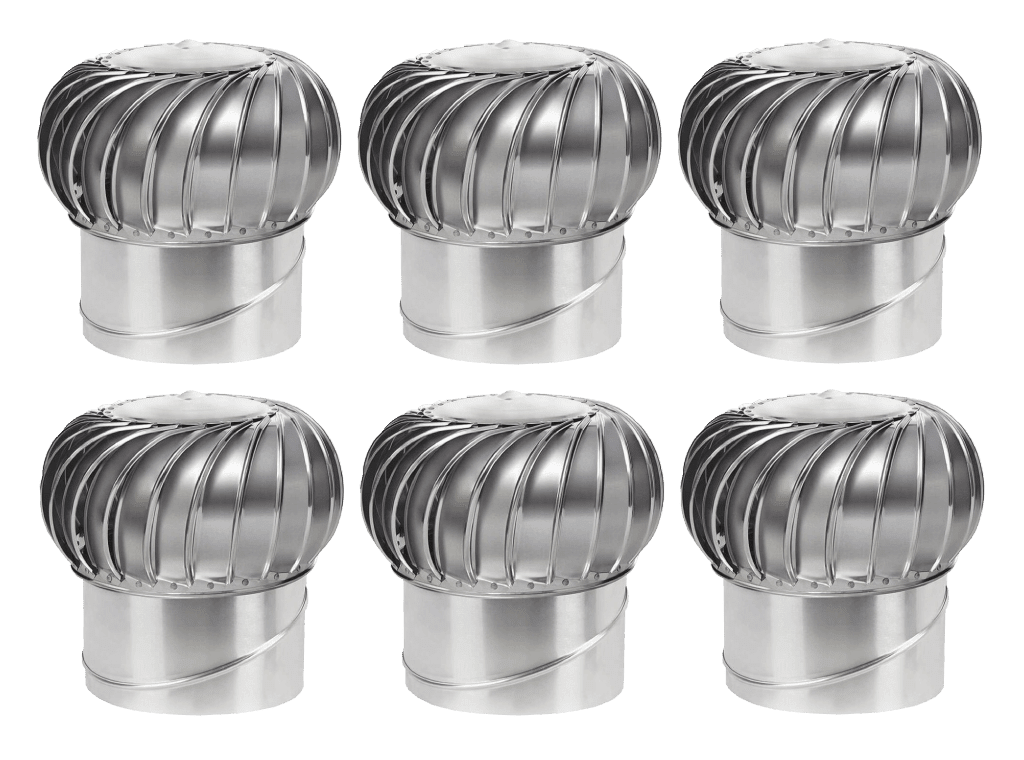
What is the best option for roof ventilators?
Many people highly prefer whirlybird units due to their cost-effectiveness. They are easily affordable to many people. Whirlybirds have known to be in existence for a long time now. In ancient times, they were highly used. But they can not be as effective as modern ventilators. For efficiency, these units are not even near the modern roof vents. Their performance is also limited to wind, and without it, they can’t rotate. The modern roof ventilation system, like solar roof ventilation, is very useful in the operation as compared to the whirlybird. The solar ventilation not only has a higher airflow capacity but also work accordingly at times of hot days.
In a nutshell, we may say that whirlybirds roof vents were the best roof ventilators in the past, but today, they are not highly used. Since technology is growing rapidly, the whirlybird units have been replaced by the solar-powered alternatives. For whirlybirds, you require at least six units for them to ventilate the roof for a small house adequately. Generally, the best and most efficient roof ventilation will be solar roof ventilators. They are not only easier to install but also have a higher capacity as compared to that of the whirlybird roof vents.
